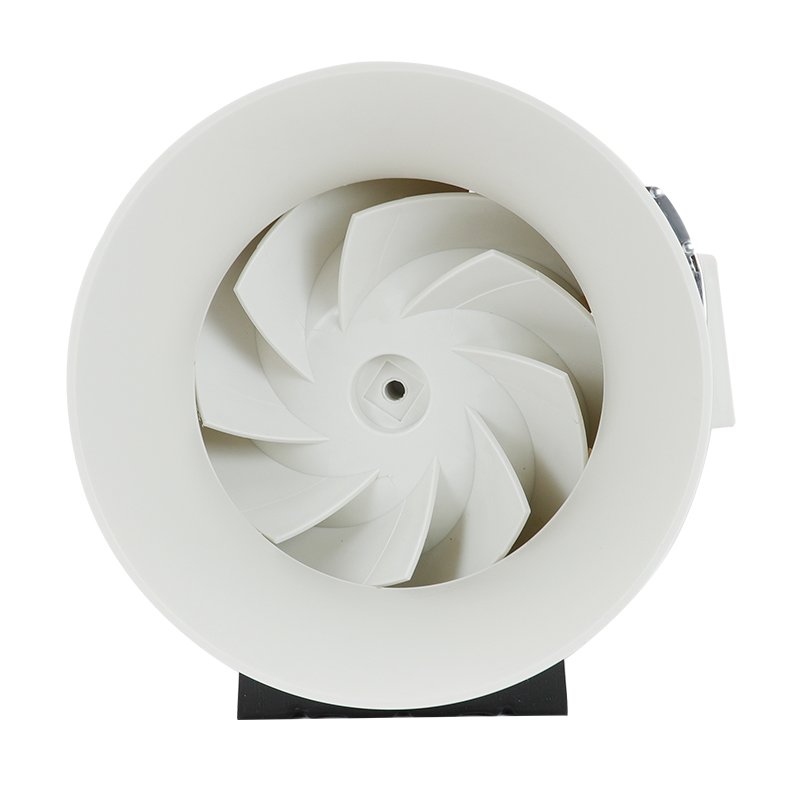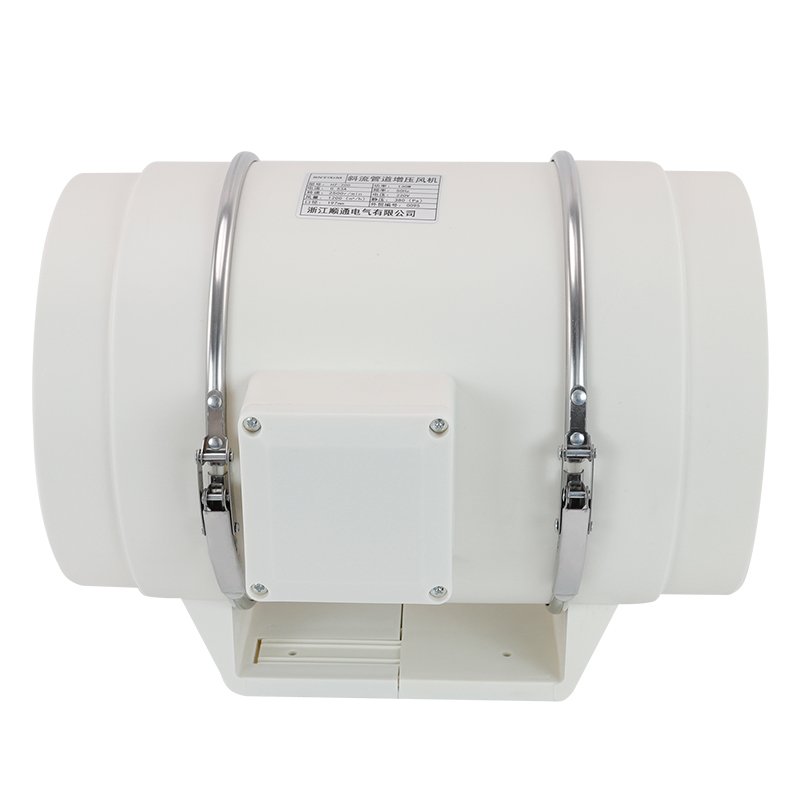Pressure is a fundamental concept in fluid mechanics, with significant implications across various industries. Static pressure, dynamic pressure, and total pressure are three interrelated measures that characterize the behavior of fluids in motion.
This article will explore the definitions, formulas, and practical applications of static, dynamic, and total pressure.
What Is Static Pressure
Static pressure is the pressure exerted by a fluid at rest. In other words, it is the force per unit area that a fluid exerts on the walls of its container or any other surface in contact with it, when there is no relative motion between the fluid and the surface.
Static pressure is a scalar quantity, meaning it has magnitude but no specific direction. It acts equally in all directions at a given point within a fluid. In a static fluid, the pressure at any point is the same in all directions.
The static pressure at a given point in a fluid depends on the depth of that point from the surface, the density of the fluid, and the acceleration due to gravity. As depth increases, the static pressure increases linearly, as there is more fluid above exerting its weight.
Measurement of Static Pressure
The static pressure at a point in a fluid can be calculated using the hydrostatic pressure equation:
P = ρgh
Where:
- P is the static pressure (in pascals, Pa)
- ρ (rho) is the density of the fluid (in kg/m³)
- g is the acceleration due to gravity (in m/s²)
- h is the depth below the surface (in meters)
This equation shows that static pressure is directly proportional to the depth and density of the fluid. For example, in a water tank, the static pressure at a depth of 10 meters would be higher than at a depth of 5 meters, assuming the density remains constant.
Static pressure can be measured using various instruments such as pressure gauges, manometers, and pressure transducers. These devices typically measure the difference between the static pressure at a point and a reference pressure, such as atmospheric pressure.
Applications of Static Pressure
- Fluid storage and transportation: Designing tanks, pipes, and vessels to withstand the static pressure exerted by the stored fluids.
- Hydraulic systems: Calculating the force generated by hydraulic pistons and cylinders based on the static pressure of the hydraulic fluid.
- Meteorology: Measuring atmospheric pressure to help predict weather patterns and changes.
- Scuba diving: Determining the pressure experienced by divers at different depths to ensure safe diving practices and proper equipment selection.
- Hydropower: Designing dams and turbines to harness the potential energy of water due to its static pressure at a given height.
- Fluid dynamics research: Studying the behavior of fluids at rest and the forces they exert on surfaces.
What Is Dynamic Pressure
Dynamic pressure, also known as velocity pressure, is the kinetic energy of a fluid particle due to its motion. It is the pressure a fluid exerts as it moves, which is always positive. The dynamic pressure is a function of fluid velocity and density.
Conceptually, dynamic pressure represents the pressure increase from converting all of a fluid’s kinetic energy at a point to pressure. In other words, if the fluid was brought to rest isentropically at a point, dynamic pressure is the increase in pressure above the original static pressure.
Calculation of Dynamic Pressure
The dynamic pressure q is given by:
q = 1/2 * ρ * v^2
Where:
- ρ (rho) is the density of the fluid
- v is the velocity of the fluid
The units of dynamic pressure are Pascals (Pa) in the SI system, which is equivalent to N/m^2. To calculate dynamic pressure, the velocity must be measured relative to the fluid. In wind tunnel testing, dynamic pressure is calculated using the air velocity relative to the model being tested.
Applications of Dynamic Pressure
- Aircraft wing lift: The dynamic pressure determines the lifting force generated by the wings as air flows over them. Higher velocity means greater dynamic pressure and lift.
- Pitot tubes: These pressure measurement devices, commonly used in aviation, rely on the difference between total pressure (static + dynamic) and static pressure to determine airspeed.
- Wind loading on structures: Engineers must account for the dynamic pressure exerted by wind on buildings, bridges, and other structures to ensure they can withstand the forces.
- Flow measurement: Dynamic pressure is used in various flow measurement techniques, such as orifice plates and Venturi meters, to determine fluid velocity and flow rate.
- Aerodynamic drag: The dynamic pressure influences the drag force experienced by objects moving through fluids, which is critical in vehicle and aircraft design.
- Turbomachinery: Dynamic pressure plays a key role in the design and analysis of turbines, compressors, and pumps, affecting their efficiency and performance.
What Is Total Pressure
Total pressure, also known as stagnation pressure, is the sum of static pressure and dynamic pressure in a fluid flow system. It represents the maximum pressure that can be obtained if a flowing fluid is brought to rest isentropically, without any energy losses. The total pressure is constant along a streamline in an inviscid flow, as stated by Bernoulli’s principle.
Calculation of Total Pressure(formula)
The total pressure (P₀) can be calculated using the following formula:
P₀ = P + ½ρv²
Where:
- P is the static pressure
- ρ (rho) is the fluid density
- v is the fluid velocity
This equation demonstrates that the total pressure is the sum of the static pressure and the dynamic pressure (½ρv²).
Applications of Total Pressure(list format)
- Aerodynamics: Total pressure is used to determine the performance of aircraft wings, propellers, and jet engines.
- Fluid dynamics: It helps in analyzing the behavior of fluids in pipes, ducts, and other flow systems.
- HVAC systems: Total pressure is considered when designing and optimizing heating, ventilation, and air conditioning systems.
- Wind tunnels: It is a crucial parameter in wind tunnel experiments for studying aerodynamic properties of objects.
Relationship Between Static, Dynamic, And Total Pressure
The relationship between static pressure, dynamic pressure, and total pressure is defined by the Bernoulli equation. In an inviscid, steady flow, the total pressure along a streamline remains constant. The static pressure decreases as the fluid velocity increases, while the dynamic pressure increases. Conversely, when the fluid velocity decreases, the static pressure increases, and the dynamic pressure decreases.










